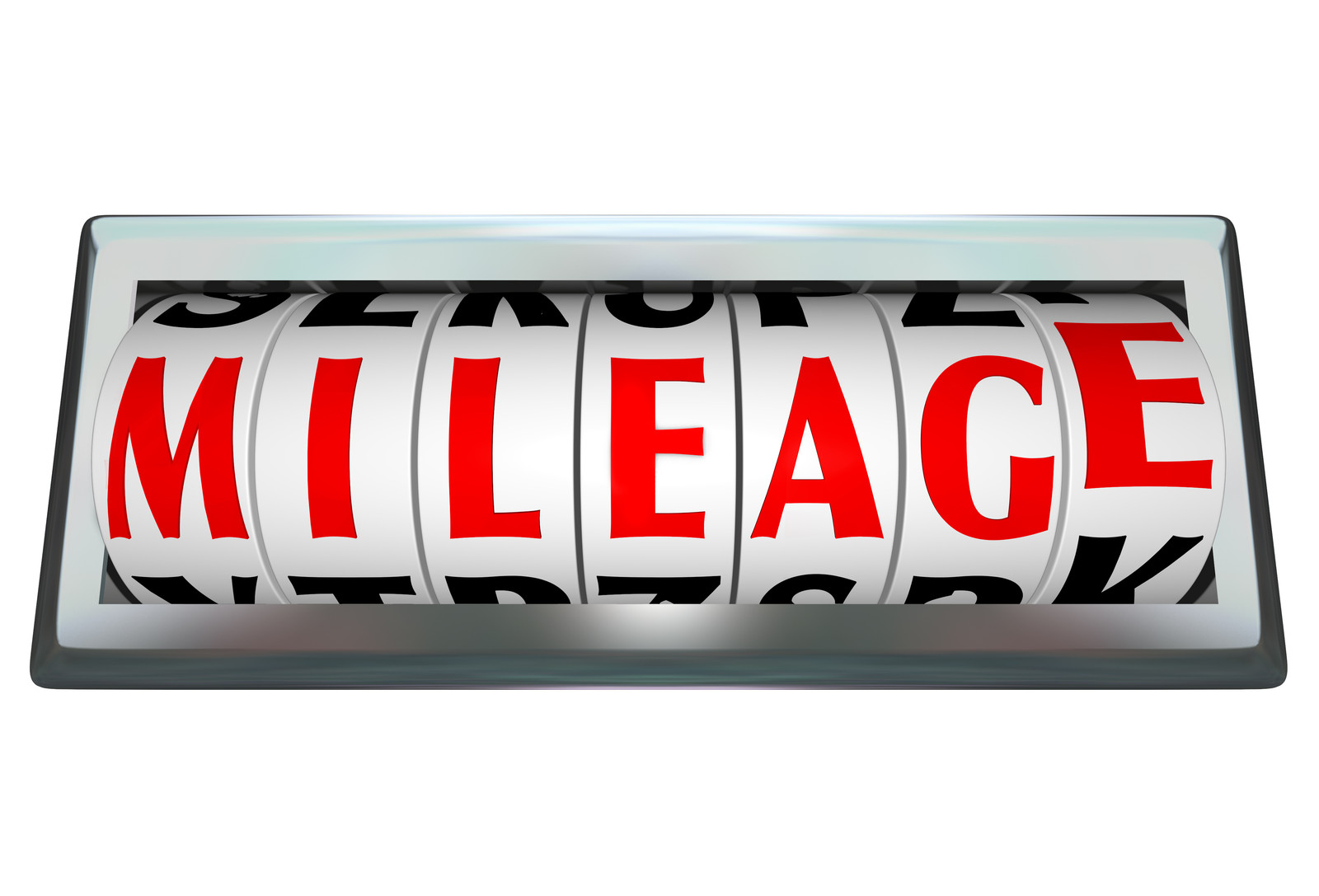Accounting
How Deducting Actual Vehicle Expenses Instead of IRS Standard Rate Can Save a Tank-Full
With a little work and some stick-to-it-iveness, you might be able to save a client hundreds or even thousands of tax dollars on a 2014 return.
Mar. 04, 2015

Drive a Better Tax Bargain for Business Clients
By Ken Berry
Usually, your clients who use their vehicles for business purposes are too busy to keep all the detailed records required to deduct actual driving expenses. So when tax return season rolls around – like now – they simply opt to deduct expenses based on the standard mileage rate. It’s an easier solution.
But it’s not too late to go back and comb through the records. With a little work and some stick-to-it-iveness, you might be able to save a client hundreds or even thousands of tax dollars on a 2014 return.
First, let’s compare the two methods for deducting business driving expenses.
1. Actual expense method: As the name implies, you can deduct those actual expenses attributable to business use of the vehicle, such as gasoline, oil, tires, insurance, repairs, licenses, registration fees, etc. In addition, you may claim a depreciation deduction for the vehicle, based on the percentage of business use. For instance, if you use an automobile 80 percent for business use, you’re entitled to a depreciation deduction of 80% of the allowable amount.
Although the annual depreciation deductions are limited by “luxury car” rules, there’s an extra prize for clients who placed a vehicle in service in 2014. Legislation enacted late last year extended the bonus depreciation deduction, effectively adding $8,000 to a first-year depreciation deduction. Under new IRS modifications, the maximum first-year deduction for a passenger vehicle for 2014 is $11,160 (Rev. Proc. 2015-19).
But the main drawback to the actual expense method is that you must account for every single expense incurred as well as maintaining detailed records for every business trip. This includes the mileage for each business trip, the date of the trip, the destinations, the names and relationships of the business parties involved and the business purpose of the travel.
2. Standard mileage rate: Alternatively, you can use the standard mileage rate updated annually by the IRS. This flat rate is applied to every business mile plus you can add business-related parking fees and tolls. For 2014 returns, the flat rate for 2014 is 56 cents per mile. (It is scheduled to increase to 57.5 cents per mile for 2015, but the IRS might change its mind if gas prices continue to drop.)
With the standard mileage deduction, the beauty is that you don’t have to account for all your actual expenses, but you still must keep records of the mileage for each business trip, the date, the destinations, the names and relationships of the business parties and the business purpose of the travel. Finally, the standard mileage rate cannot be used if you:
- Operate cars for hire (e.g., taxis and limos);
- Use five or more cars at a time (e.g., fleet operations);
- Have claimed an accelerated depreciation deduction for the vehicle in the past;
- Have claimed a Section 179 deduction for the vehicle in the past;
- Have claimed actual expenses after 1997 for a vehicle that is leased; or
- Are a rural mail carrier who has received a qualified reimbursement.
Now let’s see how this might play out on a taxpayer’s 2014 return. Assume that a client purchased a new passenger vehicle and placed it in service on July 1. The client drives 1,000 business miles a month and her business use percentage is 80%. She incurred $3,000 in actual expenses, including oil and gas, during the year.
Based on these hypothetical facts, your client can deduct only $3,360 (56 cents X 6,000 miles) with the standard mileage rate. Using the actual expense method, her deduction for driving expenses is $2,400 (80% of $3,000), plus a depreciation allowance of $8,928 (80% of $11,160) for a total of $11,328 – more than three times higher than the standard mileage method!
The actual expense method will generally produce a bigger deduction, especially if you drive few business miles during the year, because you still benefit from the depreciation allowance. Although a taxpayer may switch to the actual expense method on this year’s return if he or she previously used the standard mileage rate, you can’t switch the other way around if you’ve previously claimed accelerated deprecation. Keep your eyes on the tax road when you make this election for clients.
